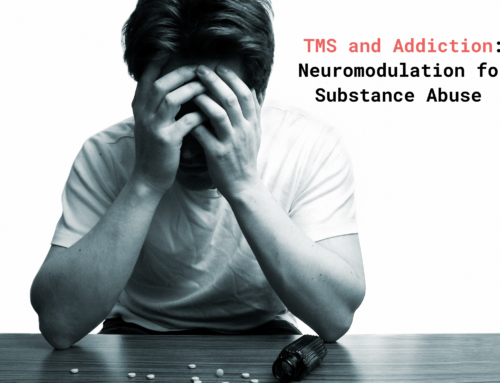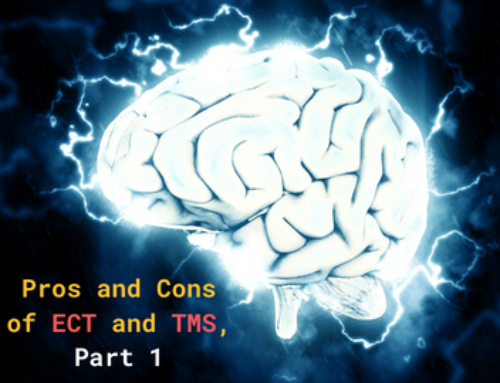Beyond Type 2: The Other Types of Bipolar Disorder
In recent articles, we covered bipolar types 1 and 2, as well as TMS for bipolar disorder, resources, its relation to manic depression, etc. Bipolar disorder is tricky enough as it is, but there are patients with characteristics and symptoms that do not fit into types 1 or 2 and need their own designation to better identify and treat.
Research is ongoing, but the following are the general types we’ve identified as being on the spectrum of bipolar disorder.
Unspecified bipolar disorder shows up when symptoms don’t fit into the typical patterns of types 1 or 2. Check out more information on types 1 and 2 in the blogs linked here. Someone might have mania at a noticeable level but for much shorter period of time and other irregularities. A patient who is experiencing bipolar symptoms should not have to fit into one neat little box to receive help that works for them and makes life better.
Cyclothymic disorder is characterized by multiple mood swings between manic and depressive states that last for over two years. Periods of greater stability occur, but usually last no more than eight weeks. This can be highly disturbing to one’s quality of life.
Bipolar with mixed features can be a co-diagnosis of bipolar 1 or 2. Sometimes it is called mixed affective bipolar or mixed bipolar state. Some evidence of bipolar with mixed features is when manic and depressive episodes rapidly one after the other. Another way that the issue manifests is when depression and mania strike at the same time, producing a confusing and stressful state.
Rapid cycling bipolar disorder can also be a co-diagnosis of bipolar 1 or 2. It occurs when the patient goes through at least 4 manic or depressive episodes inside a year.
Bipolar with seasonal patterns is another issue that can be a co-diagnosis of bipolar 1 or 2. You might have heard of seasonal affective disorder, or SAD. These are not the same thing, but bipolar with seasonal patterns is also affected by the seasons. Experiences vary, but many find that cold temps and less sunlight have a negative effect.
We encourage each person experiencing bipolar symptoms to document their experiences. This can be as simple as writing down the date and, “I’ve been feeling irritable for the last 3 days and I don’t know why.” Look for patterns, particularly ones recommended by your mental health care provider. Another example might be, “I’m still as sad as I was last week, and now I don’t even want to be intimate with my spouse.” Note behavior patterns, urges, moods, and data on one’s interactions with others.
We do what we do to give people a better quality of life. Bipolar disorder, no matter what variety, is difficult to manage. You don’t have to have it all figured out right now. Start by journaling and making an appointment to see your general physician for resources and tests. Contact us on our website or call (585) 442-6960 to ask questions or make an appointment. We’ll help you gain access to resources from psychotherapy to electromagnetic brain stimulation.





